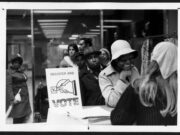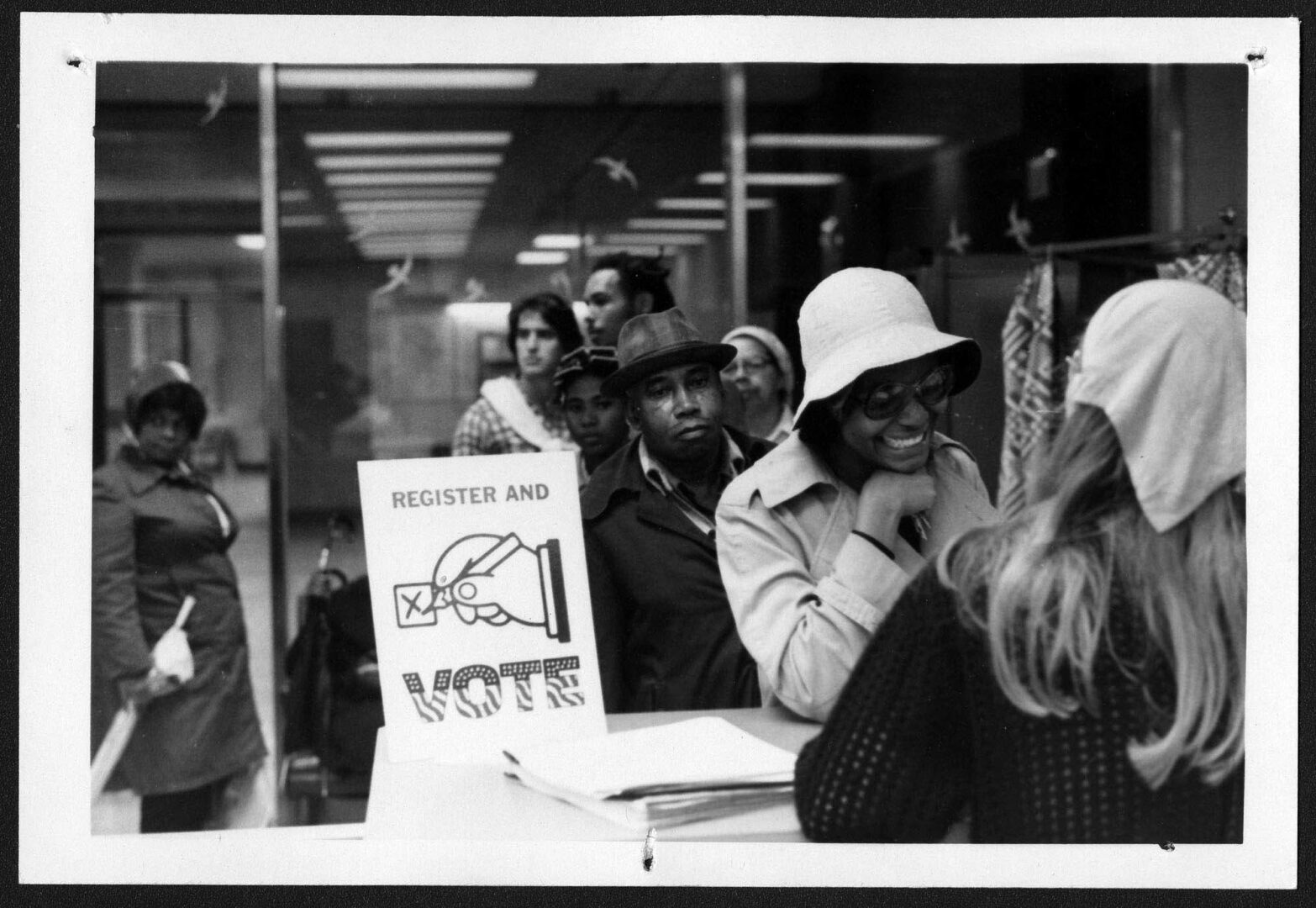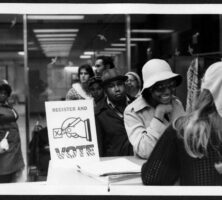In the 1964 ruling Wesberry v. Sanders—a suit pursued by a group of Fulton County voters against Georgia officials, including Governor Carl Sanders—the U.S. Supreme Court built on its previous ruling in Gray v. Sanders (1963) to hold that all federal congressional districts within each state had to be made up of a roughly equal number of voters. With this ruling the Court radically altered how state legislatures would thereafter draw congressional districts, which, before Wesberry, often reflected long-established groupings of counties that ignored intervening urbanization and other major shifts in population.
Within four months of Wesberry, the Supreme Court ruled in its most famous reapportionment case, Reynolds v. Sims (1964), out of Alabama, that the U.S. Constitution required the equal valuation of votes in virtually all elections for officials from legislatively drawn districts, including representatives who served in either chamber of any state legislature. The ruling scuttled the legislative electoral systems of most states, including often-used “little federalism” systems that structured districts of the state legislature according to geography, rather than population, modeling the Constitution’s treatment of the U.S. Senate.
The reapportionment decisions of Chief Justice Earl Warren’s court, beginning with Gray and Wesberry, dramatically reshaped the nature of representative government in Georgia and in the nation. No less important, the principle of electoral equality underlying these decisions has continued to generate important rulings in more recent times—most prominently the Supreme Court’s controversial decision in Bush v. Gore, which brought an end to the high-profile legal challenges triggered by the presidential election of 2000.






